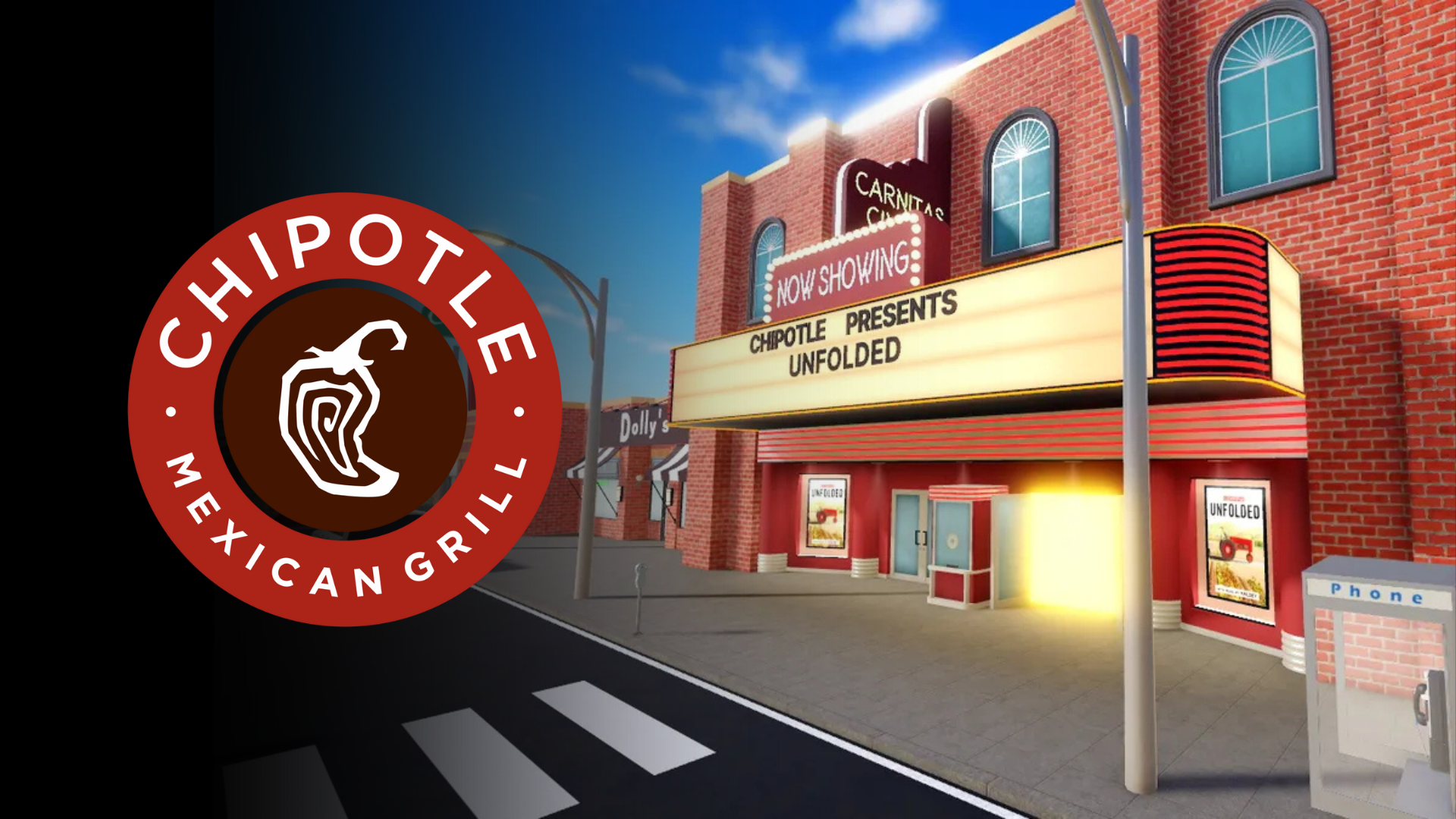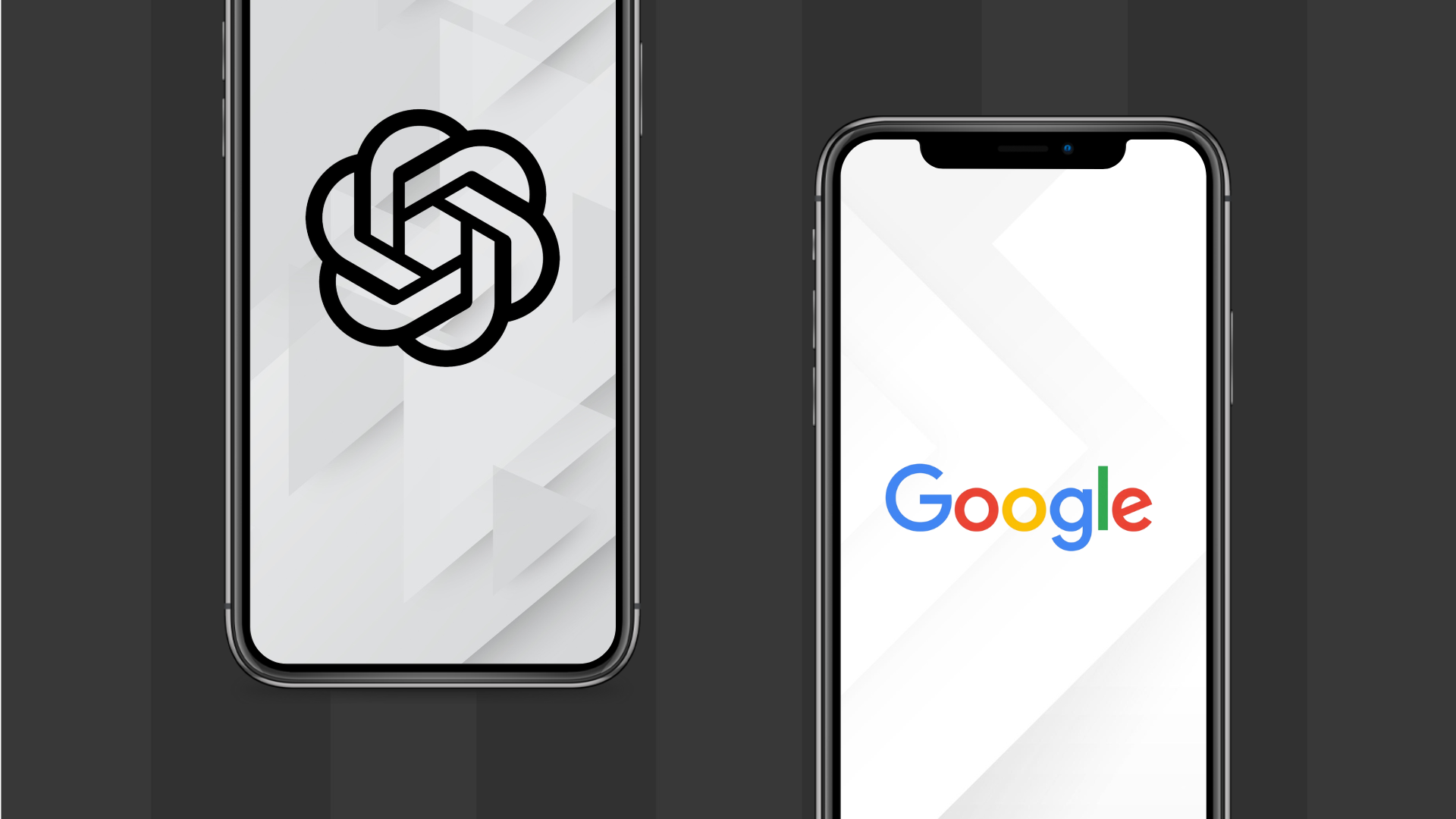Chipotle Enters the Metaverse—And It's a Marketing Game-Changer!

Think burritos and blockchain have nothing in common? Think again. Chipotle just took marketing to a whole new level—literally—by dropping its first-ever national TV ad inside the Roblox metaverse! That’s right, your favorite fast-casual spot is serving up a delicious mix of gaming, sustainability, and digital engagement in a way that’s as fresh as their guac.
The Ad That’s Changing the Game
At the heart of Chipotle’s latest campaign is Unfolded, a beautifully animated 60-second short film set to Halsey’s dreamy cover of She’s a Rainbow. The ad follows a truck journeying through different landscapes, transforming dull, industrial farms into thriving, sustainable ones before arriving at a Chipotle restaurant. The message? Chipotle is all about real food, responsible sourcing, and making a positive impact on the planet.
Why Roblox?
This isn’t Chipotle’s first rodeo in the metaverse. Remember the Burrito Builder experience, where players whipped up virtual burritos for real-life rewards? Well, they’ve just leveled up. Introducing Carnitas Cinema—an in-game theater where Roblox users can watch Unfolded and take on a side quest to score a virtual movie ticket. The best part? The first 50,000 players get a free entre in real life!
By tapping into Roblox’s massive community, Chipotle isn’t just reaching millions of potential customers—it’s meeting them where they already hang out for hours. It’s an absolute marketing masterstroke, blending entertainment, brand storytelling, and real-world perks in one brilliant move.
This form of marketing is particularly effective at reaching a younger audience, a demographic that traditional digital advertising methods—such as social media and search ads—might not fully capture. Platforms like Roblox attract millions of Gen Z and Gen Alpha users, who spend hours immersed in virtual worlds. By integrating branded experiences directly into the games they love, companies like Chipotle are meeting these audiences where they already are, rather than relying on them to engage through more conventional ad channels. This strategy not only increases brand visibility but also fosters a more interactive and memorable connection with younger consumers. As brands continue to explore new and innovative ways to engage diverse audiences, in-game advertising is proving to be a powerful tool for expanding reach beyond the typical digital marketing landscape.
A Commitment Beyond the Screen
Chipotle’s digital push isn’t just about fun and games—it’s backed by real action. The company just pledged $2 million donation to four universities—The Ohio State University, Cal State Monterey Bay, Colorado State University, and the University of Florida—to support the next generation of farmers. This is part of their larger $5 million commitment to sustainable agriculture and helping young farmers thrive.
Plus, through March 31, customers can support the Chipotle Cultivate Foundation by rounding up their orders, directly contributing to sustainable farming initiatives. A small change that makes a big impact!
The Future of Marketing is Here
Chipotle’s move to integrate TV advertising into the metaverse is a glimpse into the future of marketing. It’s no longer just about selling a product—it’s about creating immersive brand experiences and meeting consumers where they are (even if that’s inside a digital world).
Chipotle’s move into Roblox is just one example of how brands are leveraging the power of in-game advertising to engage with a new generation of consumers. With over 3.02 billion gamers worldwide and the industry projected to reach $583 billion by 2030, there’s never been a better time to explore this untapped ad channel.
@chipotle 🎟️IT’S SHOWTIME 🎟️ Join us at the Chipotle Carnitas Cinema on @Roblox ♬ original sound - Chipotle
At Performance Digital, we help brands break into the gaming space with programmatic in-game advertising—allowing you to seamlessly place your brand within mobile, PC, and console games. Our blended in-game ad formats, including banner and interstitial ads, integrate naturally into the gaming environment without disrupting the experience. The digital marketing landscape is evolving fast, and we’re staying ahead of the game—so you can, too.


